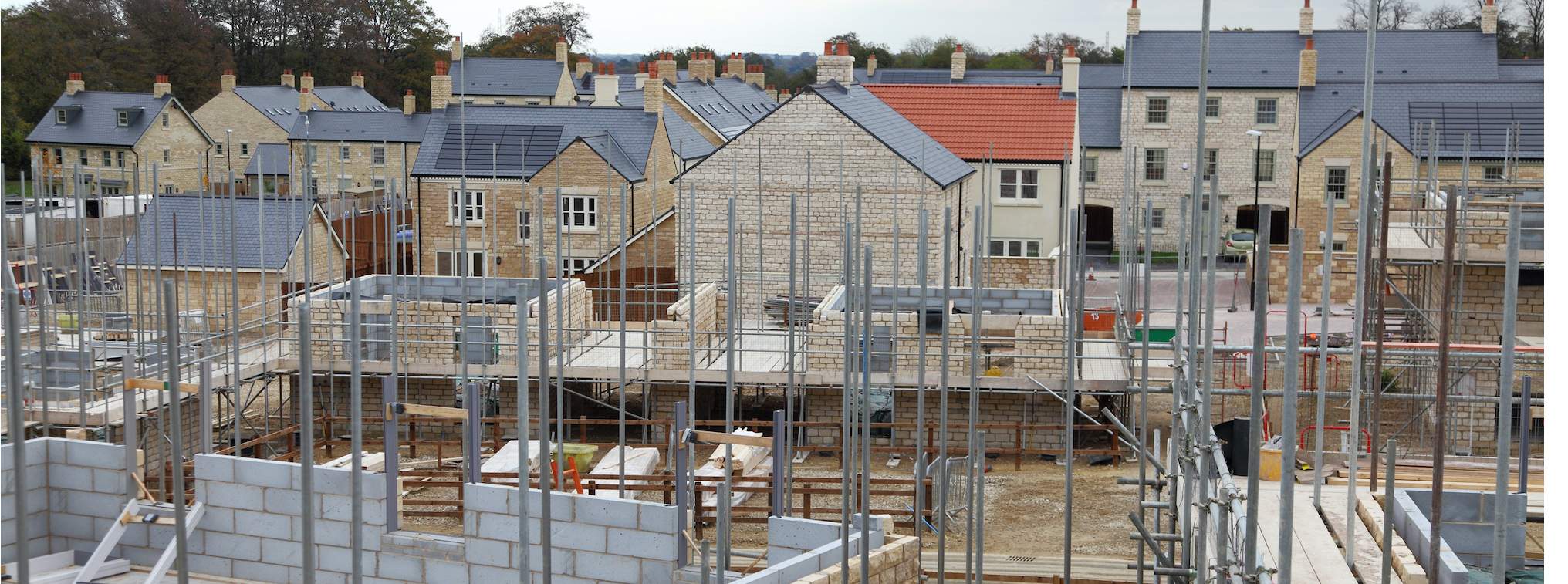Starting today, delivering First Homes will become a material consideration in all planning applications. We predict this could cut the number of Shared Ownership homes delivered through Section 106 by almost 6,000 homes per year. That will increase competition between housing associations for Section 106 homes.
National planning policy requires sites to deliver a quarter of their affordable housing contributions as First Homes. Government guidance is for local authorities to protect delivery of Social Rent homes, but to split the reduction in other affordable housing delivery across other tenures pro rata.
Based on the local authorities that have published planning guidance so far, this will not be the case. Many local authorities will seek to protect delivery of rented homes, instead taking First Homes contributions from low-cost home ownership tenures such as Shared Ownership.
If every local authority had done this over the last three years, we would have seen -5,714 fewer Shared Ownership homes delivered and a further -684 reduction in Affordable Home Ownership.
However, because some local authorities don’t deliver much low-cost home ownership, we’d still see a -440 reduction in affordable rented homes (including Intermediate Rent and London Affordable Rent). And local authorities would have delivered -37 fewer Social Rent homes, even though they’re protected, from authorities such as Oxford and York that deliver more than 75 per cent of their Section 106 homes as social rent.
All this means we’ll see fewer affordable homes delivered through Section 106 at the expense of First Homes.
For aspiring homeowners, this could push ownership further out of reach as the deposit and income requirements for First Homes are higher than for Shared Ownership (read What Comes After Help to Buy), although the monthly housing costs for Shared Ownership may be higher.
For housing associations, this means there will be fewer Section 106 sites to bid on. Providers looking to increase their stock, particularly of Shared Ownership homes, will have to consider alternatives such as partnering with housebuilders or pursuing their own land-led development.
And for housebuilders, trading a predictable, upfront Section 106 payment for slower, unpredictable sales receipts from First Homes could increase their finance costs and have a negative impact on viability.










.jpg)